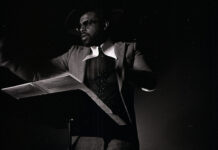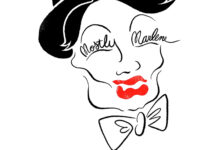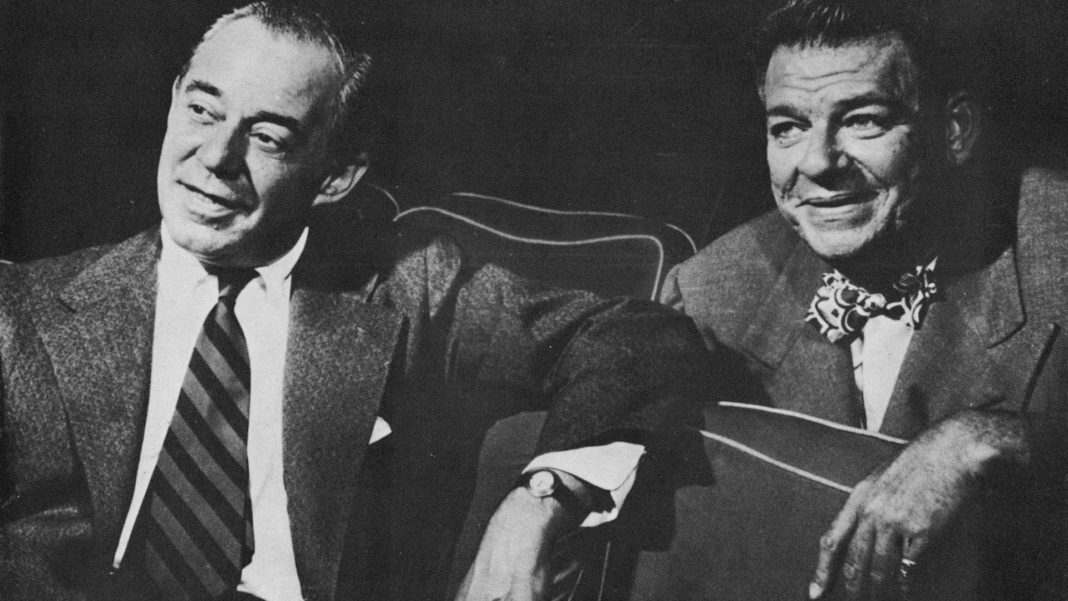There was a time when the works of Broadway legends Richard Rodgers and Oscar Hammerstein II seemed like relics from a bygone era. Their shows (which includes The Sound of Music and Oklahoma) were the kind you found performed incessantly by community theatre organizations and/or very low-budget tours with nearly-forgotten stars of film and television.

But if you look at the landscape in the last few years you will find that their musicals are now being embraced more than ever. A revival of Carousel officially opens on Thursday in New York. Bartlett Sher has directed two revivals on Broadway that were both very successful: The King and I (2015-2016) and South Pacific (2008-2010.) With the arrival of a new production of South Pacific from McCoy Rigby Entertainment (this week at The Soraya at Valley Performing Arts Center and beginning next week at the La Mirada Center for the Performing Arts), it seemed like the perfect opportunity to discuss Rodgers & Hammerstein and their continued relevance.
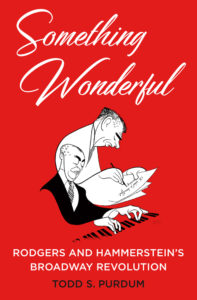
Todd S. Purdum is a national editor and political correspondent for Vanity Fair. He has written books about the Iraq War (A Time of Our Choosing: America’s War in Iraq) and the Civil Rights Movement (An Idea Whose Time Has Come: Two Presidents, Two Parties and the Battle for the Civil Rights Act of 1964.) His new book, Something Wonderful: Rodgers & Hammerstein’s Broadway Revolution, was just released this week. I spoke with him about the legendary duo and also about the still-topical themes found in South Pacific.
Ted Chapin, who runs the Rodgers & Hammerstein Organization, told me that even though we look at Rodgers & Hammerstein as being part of the old guard and very traditional, their shows at the time were very risky when first produced. How much does time tend to tamper down our appreciation of the risks these two actually took?
I think that’s a really good question. The corollary for success is you forget at what price success was achieved. Now we take for granted that Oklahoma was a smash. When it was opening word of mouth was decidedly skeptical. There were empty seats and nobody knew how it would turn out.
If I had any mission in writing the book, it was to remember that Rodgers & Hammerstein were the daring pioneers of their time. They were not the establishment – they were taking them on. They were taking risks that experienced people looked askance at and asked “why are you doing this?”
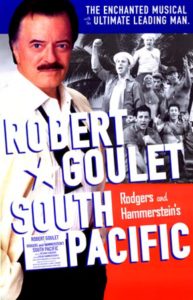
Their work went out of favor for quite some time. Why?
What happened in the 60s, 70s and 80s is Rodgers & Hammerstein’s shows were relegated to high school and college productions and tours with stars like Robert Goulet in South Pacific and Yul Brynner in endless The King and I tours. Sometimes they were summer stock or bus & truck tours and not sophisticated. They were even cheap. Richard Rodgers was partly to blame because he and Oscar, for tours, required amber-like fidelity to their shows.
How and when did the shows become embraced again?
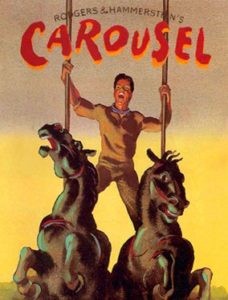
I may be wrong, but I date the resurgence to the National Theatre revival of Carousel [1992 in England and then transferred 1994 on Broadway] in which Nicholas Hytner reimagined the show and imported it to Lincoln Center. That was the revolutionary production where Audra McDonald played Carrie Pipperidge. Many people thought the show was most problematic because of abuse and sexual politics. Michael Hayden played Billy, not with the pipes people expect, but a very vulnerable actor who brought out pathos. And this color blind casting of Audra McDonald and then the snow children as this mixed race parade of half-Black/half-White children. Andre Bishop [Artistic Director of Lincoln Center Theatre] told me that what he was waiting for was a new generation of sophisticated directors to dig into the text and find relevance for modern audiences and use the latest techniques in staging.

Music by Richard Rodgers Lyrics and Book by Oscar Hammerstein II
Directed by Joshua Logan
Shown from left: Ezio Pinza, Barbara Luna, Michael De Leon, Mary Martin (Courtesy of Photofest)
South Pacific’s view of racism seems like something that could be written and accepted as is today. Can you talk about their passion for tackling that particular issue?
They were so far ahead of their time. Think of it: 1949, when it came out, was two years after Jackie Robinson integrated baseball. After President Truman integrated the Army. Certainly interracial marriage was still illegal in most of the United States; the idea of it being normal was radical. Even the most sophisticated critics thought “Carefully Taught” didn’t have a place in the show and dragged it down. When the show was touring in Georgia it was condemned as Communist propaganda. In the Vietnam era a play about a popular war in Asia was inconceivable. South Pacific, which was considered almost un-revivable, never had a Broadway revival until 2008 when Lincoln Center revived it with Kelli O’Hara.
They are timely even today. I saw that production and the touring production in Washington, D.C. and audiences were overwhelmed by the relevance in the Obama era. What these smart interpretations by Bartlett Sher and others have proven is there’s a lot of political content that is ripe for fresh rediscovery. The audiences embrace of these productions proves that.
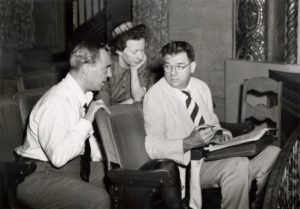
What do you think Rodgers & Hammerstein would make of the world today?
That’s an interesting question. They probably wouldn’t be afraid to tackle it. They lived through tough political times. I think they’d both be appalled by the state of politics and dialogue, but wouldn’t be shy about confronting it and nudging it along.
There is no cultural force in American life today that is as unifying and encompassing as Rodgers & Hammerstein were in their day. They dominated pop culture from Broadway to Hollywood to radio and television. There just aren’t artists today who have that kind of grip on the loyalty and the affection of the American public. Bruce Springsteen has his passionate defenders. But we’d be hard pressed to find one single creative force that has the dominant effect like Rodgers & Hammerstein in their heyday.


